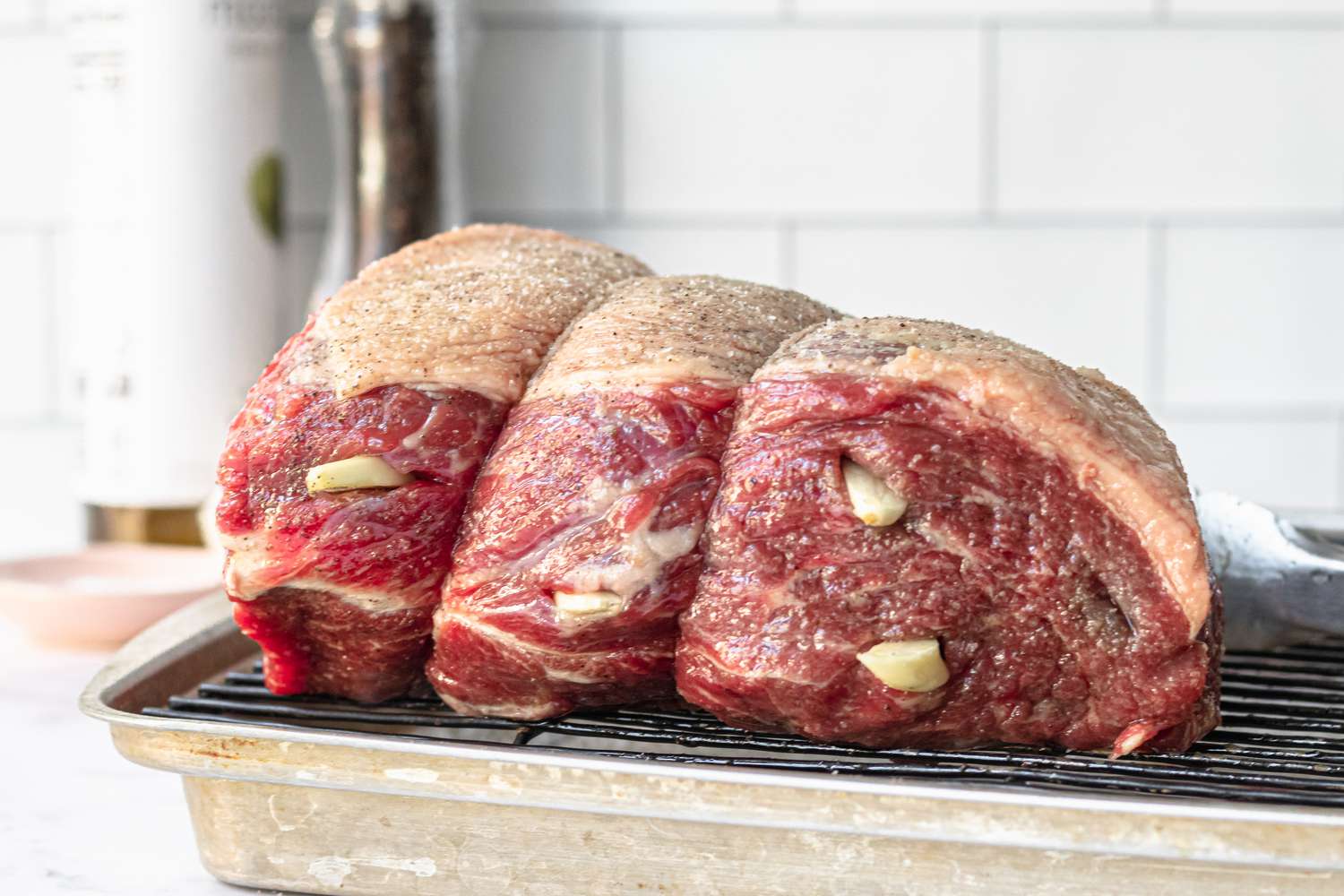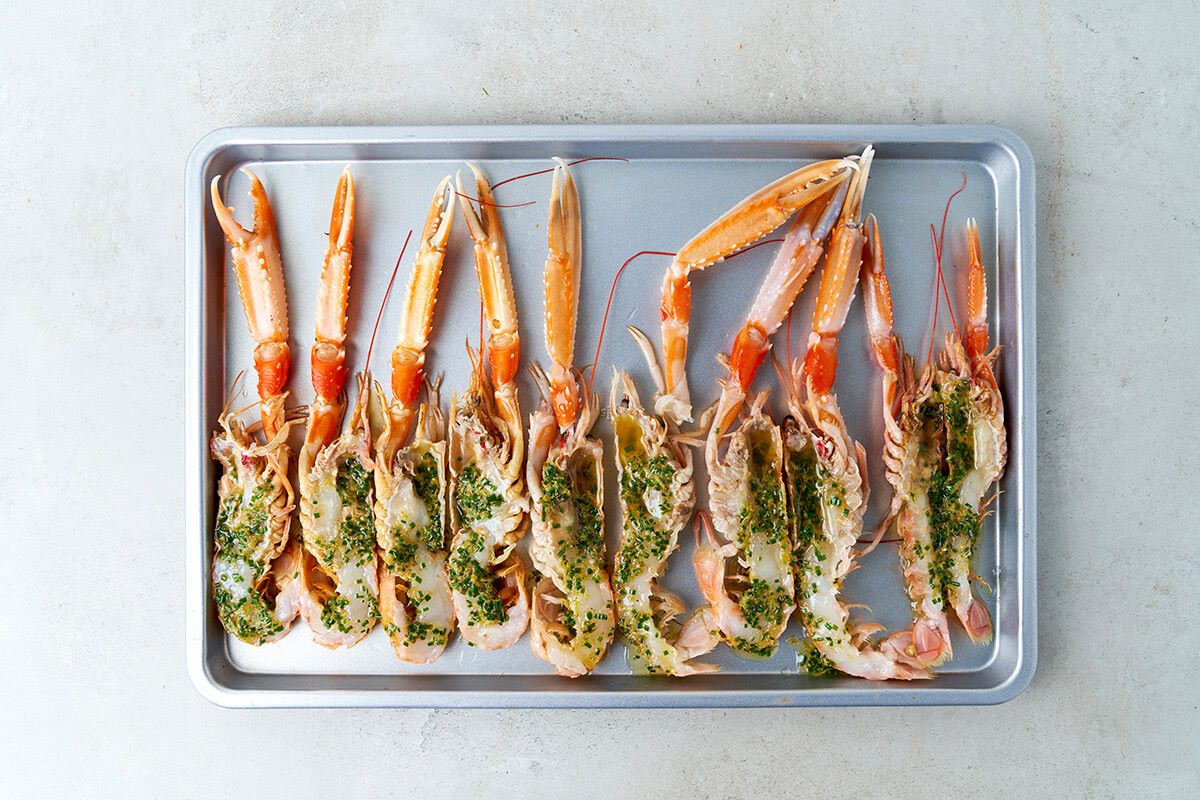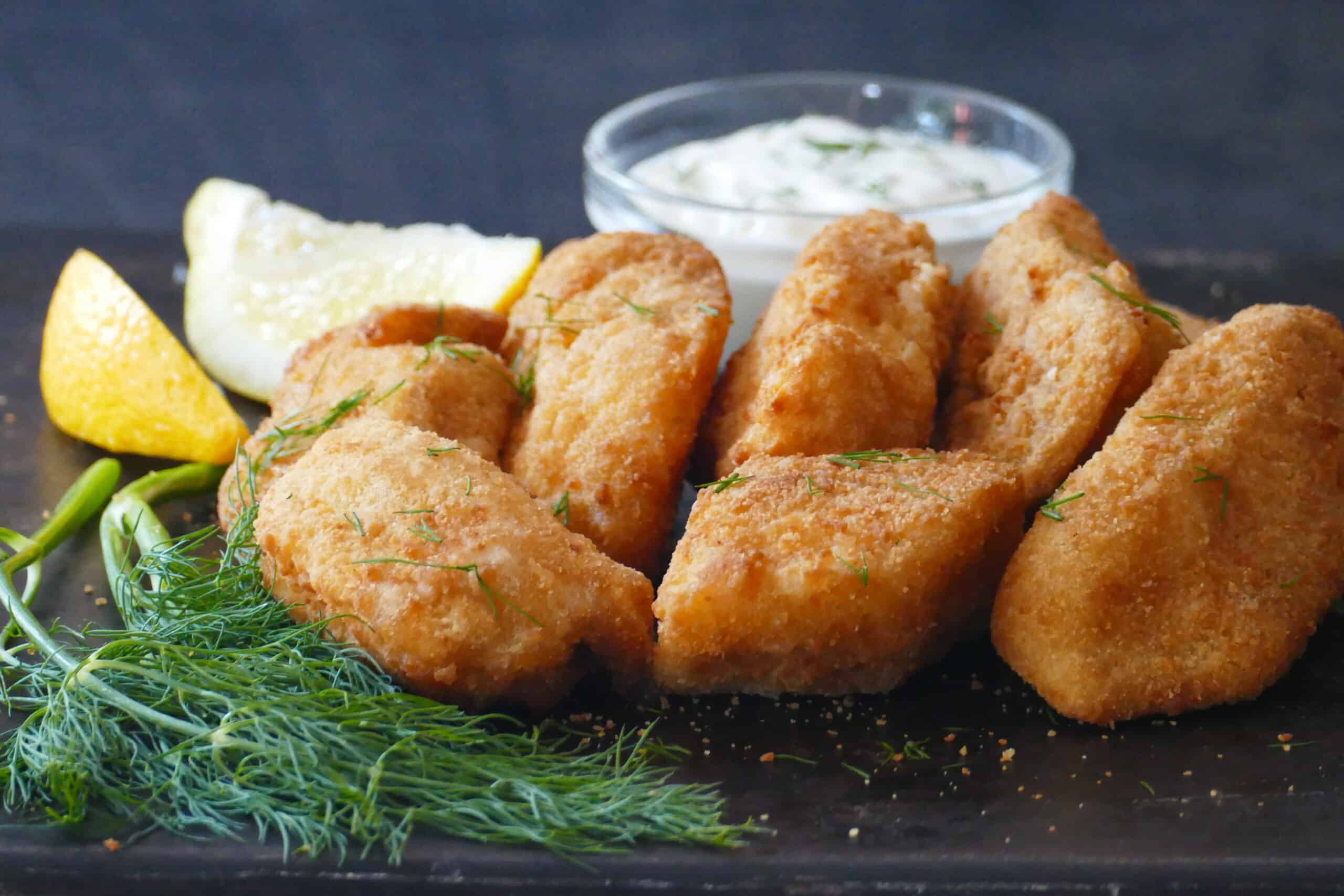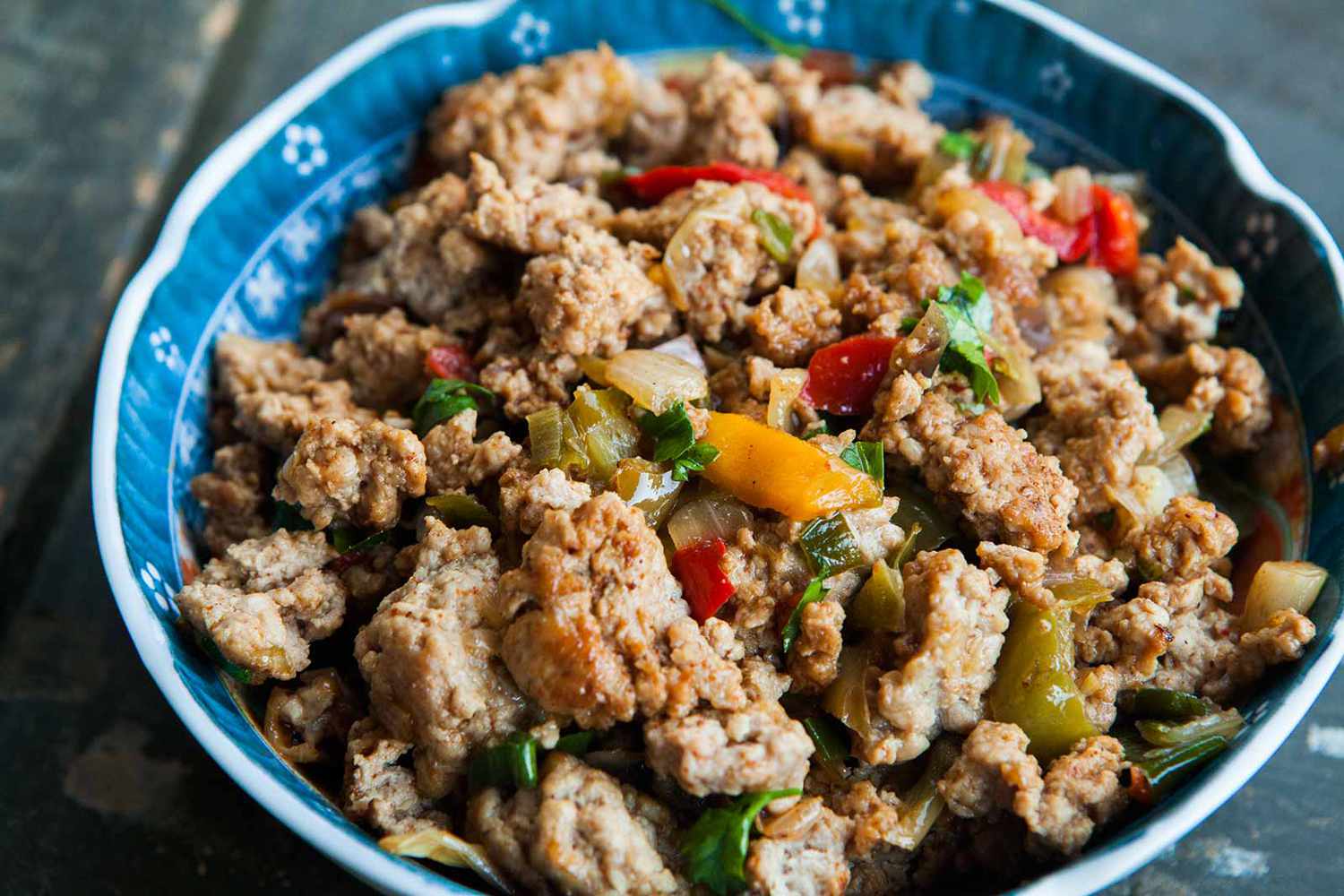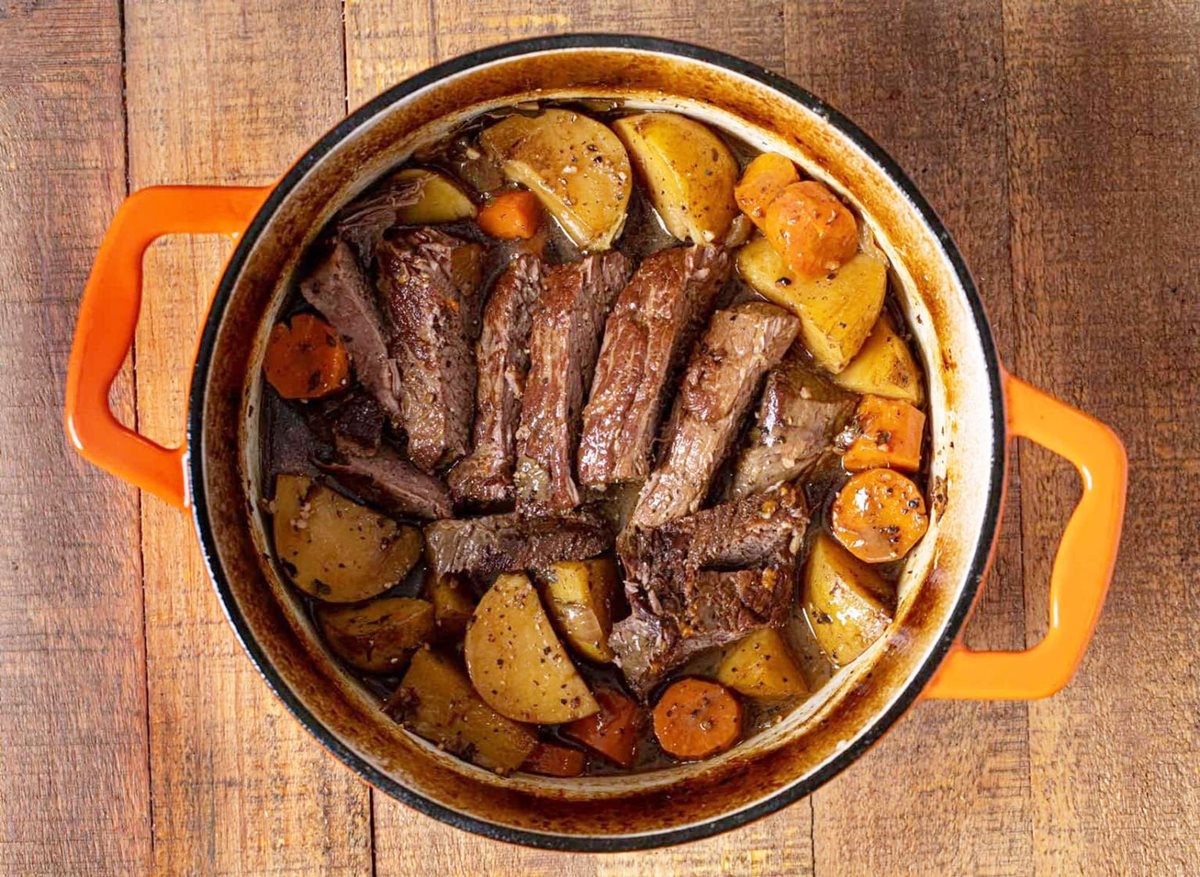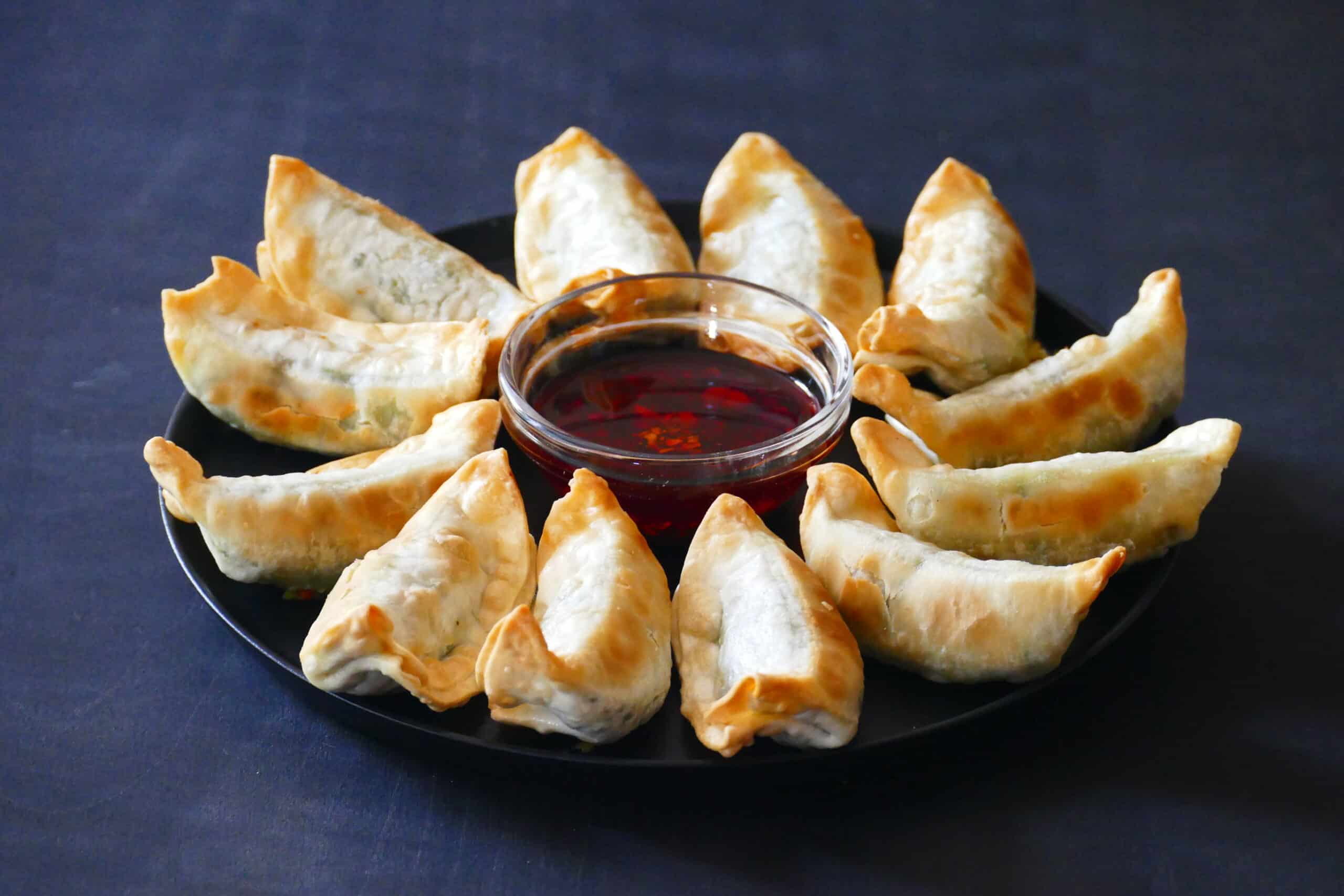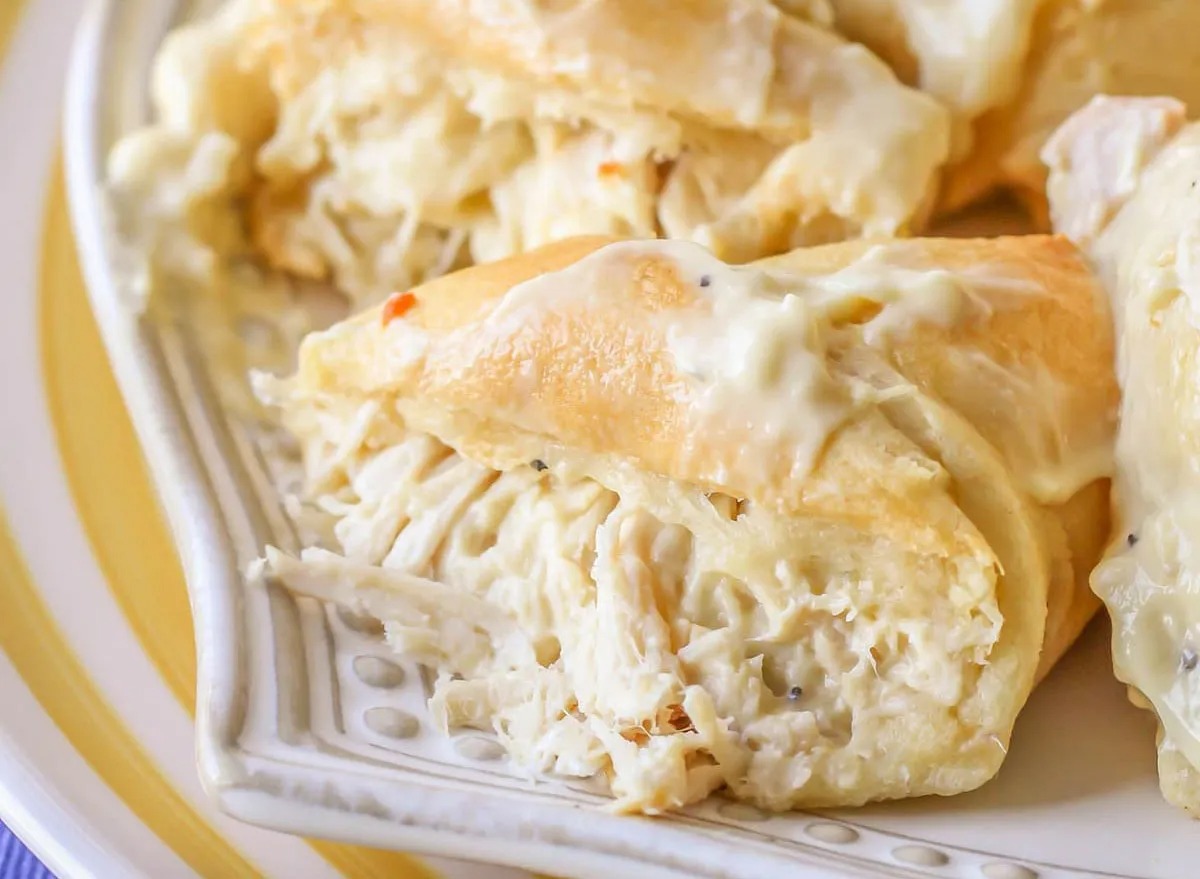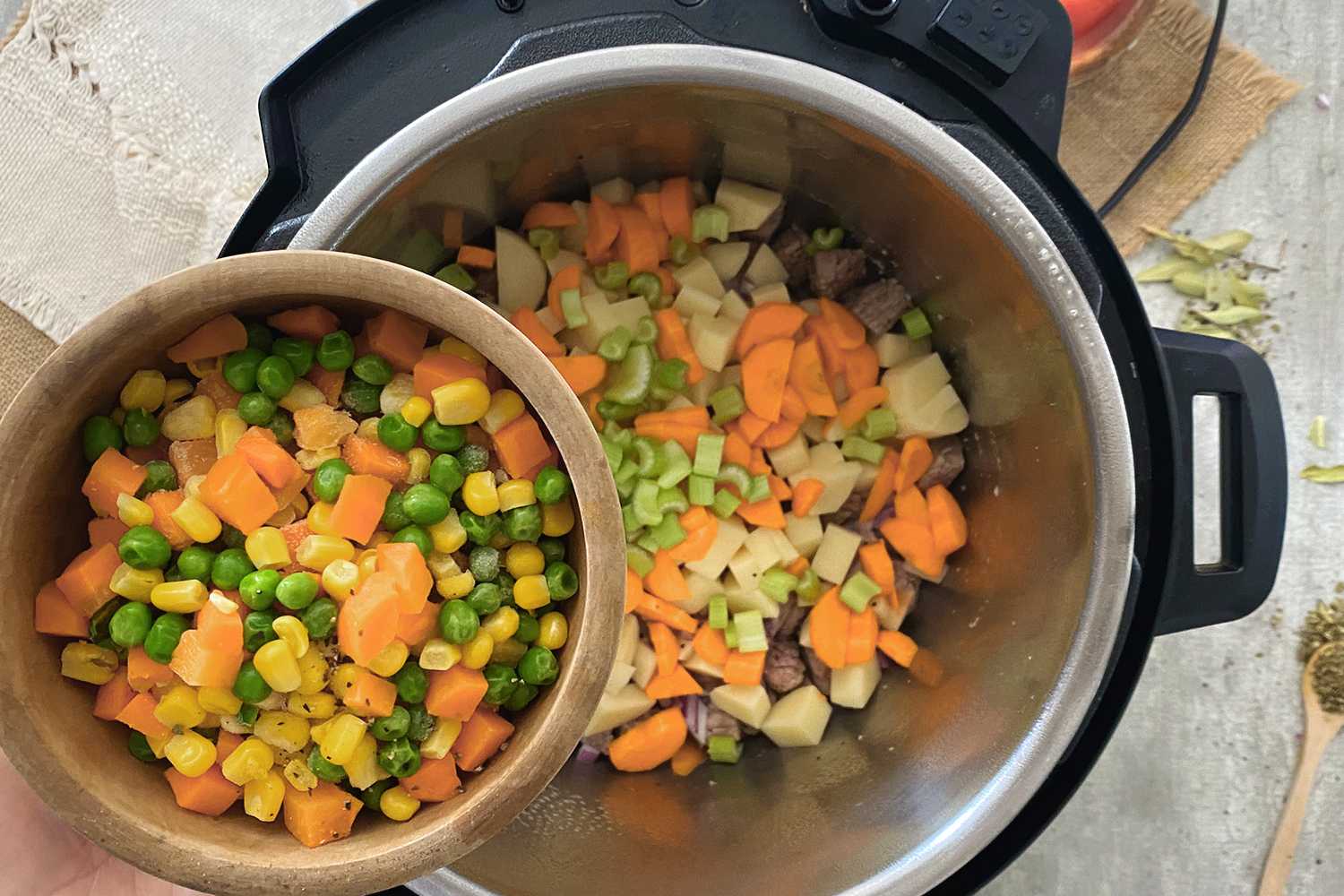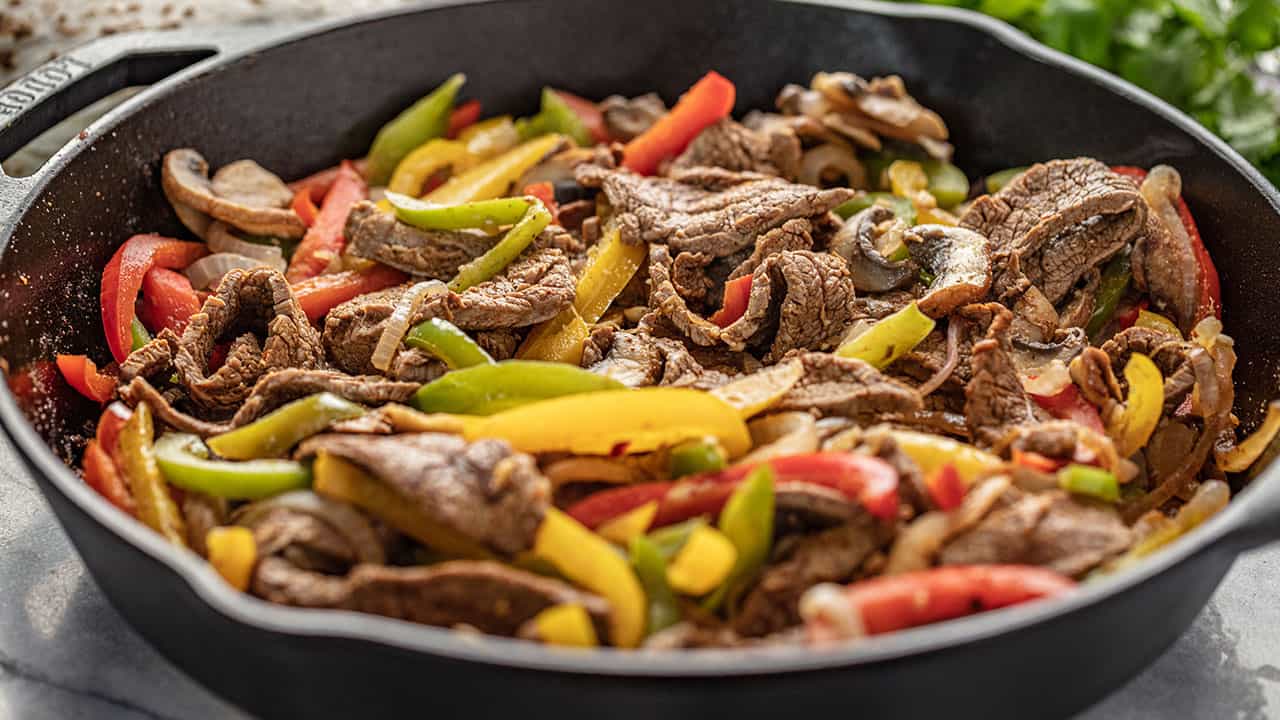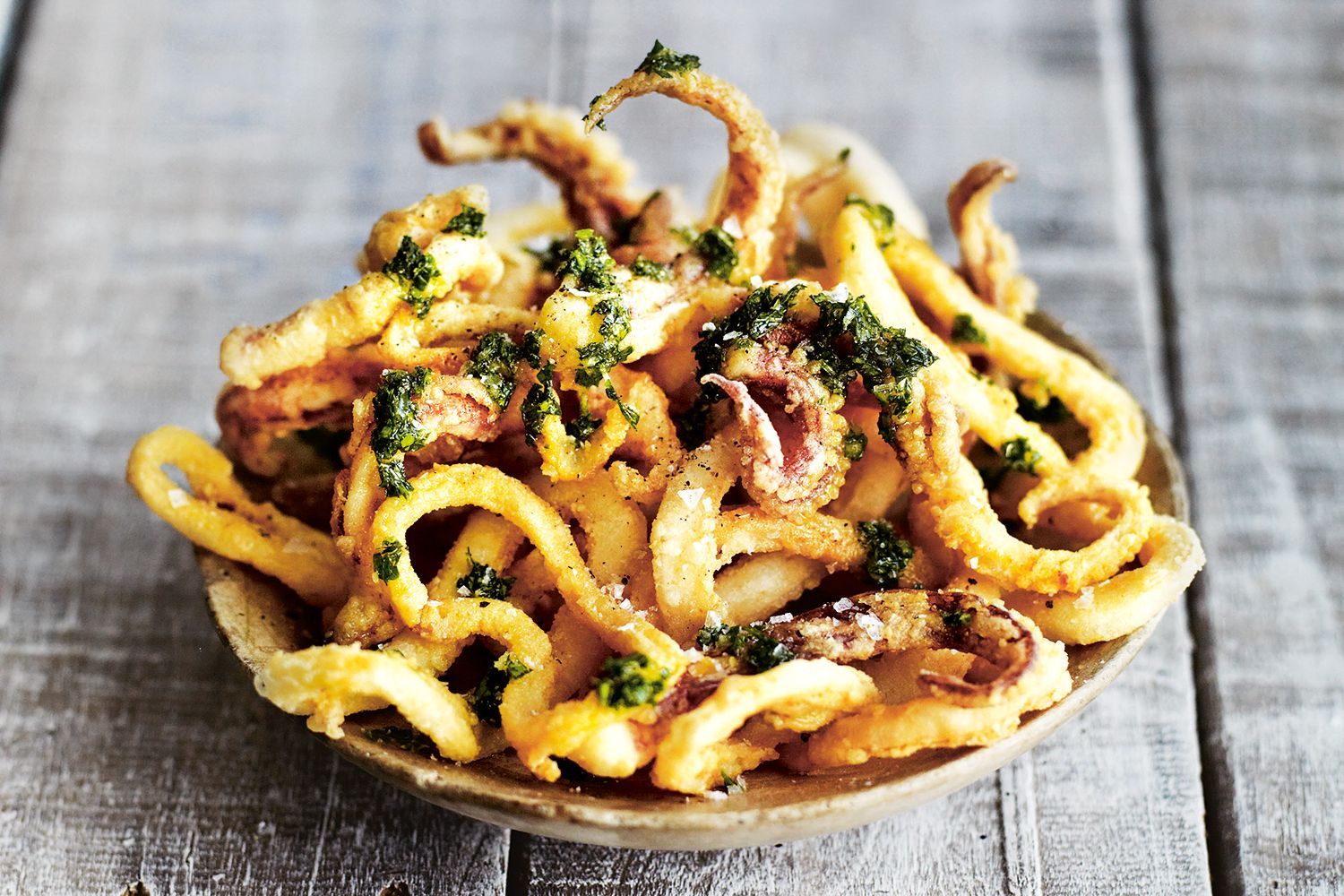Unlock the Delicious Potential of Frozen Perch with These Cooking Tips
When it comes to cooking seafood, frozen perch is a versatile and affordable option that you shouldn’t overlook. Whether you’re a seafood aficionado or simply looking to try something new, cooking frozen perch is easier than you might think. Follow these simple tips and get ready to savor the flavors of this delightful fish.
1. Thawing the Perch
Before diving into the cooking process, you need to properly thaw the frozen perch. To do this, you have a couple of options:
- Refrigerator Thawing: Place the frozen perch in a shallow dish and let it thaw overnight in the refrigerator. This slow thawing method ensures that the fish remains at a safe temperature throughout the process.
- Cold Water Thawing: If you’re short on time, you can opt for the cold water thawing method. Place the sealed frozen perch in a leak-proof plastic bag and submerge it in cold water. Make sure to change the water every 30 minutes until the fish is fully thawed.
2. Preparing the Ingredients
Once your frozen perch is thawed, it’s time to prepare the ingredients. Here’s what you’ll need:
- Frozen perch fillets
- Olive oil or melted butter
- Seasonings of your choice (such as salt, pepper, garlic powder, or paprika)
- Lemon wedges (optional)
Make sure to pat the thawed perch fillets dry with a paper towel before moving on to the next step. This will help ensure a crispy exterior.
3. Cooking Methods
There are several cooking methods you can use to prepare your frozen perch:
- Pan-Frying: Heat a frying pan over medium-high heat and add olive oil or melted butter. Season the perch fillets with your desired seasonings and place them in the pan. Cook for about 3-4 minutes on each side until the fish is golden brown and flakes easily with a fork. Squeeze some fresh lemon juice over the cooked fillets for a burst of tangy flavor.
- Baking: Preheat your oven to 400°F (200°C). Place the seasoned perch fillets on a baking sheet lined with parchment paper. Drizzle some olive oil or melted butter over the fillets. Bake for 12-15 minutes or until the fish is cooked through and flakes easily.
- Grilling: Preheat your grill to medium-high heat. Brush the grates with oil to prevent sticking. Season the perch fillets and place them directly on the grill. Cook for about 3-4 minutes on each side or until the fish is opaque and flakes easily.
4. Serving Suggestions
Now that your frozen perch is cooked to perfection, it’s time to enjoy your culinary masterpiece. Here are some serving suggestions:
- Serve the pan-fried or grilled perch fillets alongside a fresh salad and some steamed vegetables for a healthy and well-rounded meal.
- Pair the baked perch with some roasted potatoes and a zesty tartar sauce for a classic seafood dinner.
- For a flavorful twist, use the cooked perch in a fish taco recipe. Load up some warm tortillas with the fish, coleslaw, avocado, and a squeeze of lime.
Now that you have these cooking tips in your arsenal, you can confidently cook frozen perch whenever the craving strikes. So, head to your kitchen, thaw that fish, and get ready to impress your taste buds!
For those new to cooking frozen perch, there are several delightful recipes to try. Lemon Garlic Pan-Fried Perch is perfect for a quick and flavorful meal. If you prefer baking, Baked Perch with Herbs and Lemon offers a classic taste with minimal effort. For a twist, Grilled Perch Tacos with Coleslaw combines the smoky flavor of grilled fish with a refreshing crunch. Feeling adventurous? Try Perch Piccata with Capers for a tangy and savory experience. For a Southern kick, Cajun-Spiced Perch Fillets deliver a spicy punch. If you're in the mood for comfort food, Perch Fish and Chips is a classic choice. Each recipe is carefully crafted to highlight the versatility of perch, making them must-tries for any seafood lover.
Was this page helpful?
Read Next: How To Cook Frozen Macaroni And Cheese
